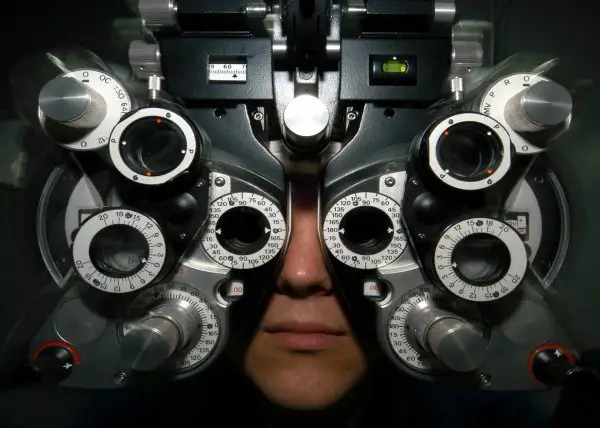Boy Missing Part Of His Brain Essential For Sight Mystifies Doctors — Because He Can Still See
Tags: News

By Amanda Froelich Truth Theory
For the first time ever, a 7-year-old boy who lost the part of his brain essential for sight can still see. In this story, the boy is referred to a “BI.”
New Scientist reports that in infancy, BI lost the primary visual cortex of his brain. The loss occurred as a result of a rare condition called medium-chain acyl-Co-A dehydrogenase deficiency.
The primary visual cortex is necessary for vision and the various sensations that allow us to perceive this world. As IFLScience reports, the neurons of the primary visual cortex are very sensitive to things like the orientation of a contour and the direction of motion. Those with an impaired primary visual cortex tend to experience “cortical blindness,” which involves either a partial or total loss of sight.
Because BI lost his primary visual cortex, it was assumed that he would lose the ability to see. But, this was not the case. In fact, BI retain normal vision (though he is short-sighted). This type of recovery is unheard of.
A group of researchers, led by Iñaki-Carril Mundiñano from Monash University in Melbourne, Australia, decided to study the phenomenon. Recently, they presented their findings at the annual meeting of the Australasian Neuroscience Society in Sydney.
After testing BI, they determined that he could name objects, identify colors, and discriminate between faces quite easily. He could also reach out and grab blocks of varying sizes. Additionally, BI could tell if faces were happy, fearful or neutral.
Said Mundiñano in an emailed statement: “Interestingly, BI has some difficulties identifying objects with a false colour, for example, a ‘blue banana’, but he has no problems with a yellow banana, we think he needs both colour and shape information to recognize an object.”
The only hindrance in BI’s vision is short-sightedness. He could read an eye chart’s top letter if he was standing 10 feet (3 meters) away or closer. Nonetheless, it remains astounding that the young boy has the ability to see at all, considering he lost his primary visual cortex.
What makes BI’s case so unique is that he is conscious of what he sees. The researchers theorize that this is possible because BI was just a baby when he lost the essential part of his brain. This might have caused other parts of his brain to overcompensate, adapting to provide sight.
When the team inspected BI’s brain more closely, they learned that he had more neural fibers between his brain’s pulvinar, which is involved in sensory signal control. It also helps detect motion. Mundiñano told IFLscience that BI’s level of vision would not have been the same had he lost his visual cortex during adulthood. This is because the brains of newborns and infants are much more flexible and adaptable than adult brains.
The human body is amazing, is it not? If you enjoyed this article, please comment your thoughts below and share this news!
Image Featured/Credit: Pexels
Leave Comment: